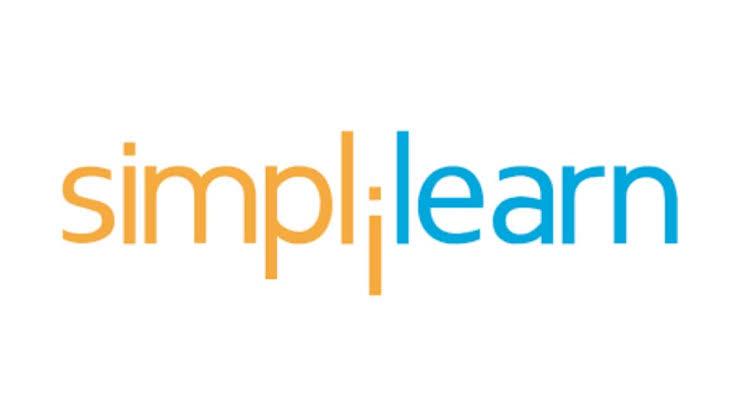What is structure and class in C?
There are countless possibilities in the world of programming, and at its foundation, C programming has long played a key role. It offers a solid framework for creating software, empowering programmers to design complex, dependable, and effective programs. Two fundamental ideas in the C language stand out: structures and classes. In this thorough introduction, we’ll delve into the realm of classes and structure in c programming, revealing their importance, features, and how they can help you create well-structured, effective code.

What Are Classes and Structures?
Let’s take a moment to establish these fundamental ideas before we go into the nuances of structures and classes in C programming.
● Classes: A key idea of object-oriented programming (OOP), which C also supports through a mechanism called “C with Classes,” is classes. Classes give you the ability to create custom data types that combine methods and data members into a single unit. Classes are essential for making and maintaining objects, and they offer a beautiful method to organize your code and apply OOP ideas.
The Importance of Data Organization
Every software application’s foundation is data organization. It is essential for creating code that is clear, manageable, and effective. Chaos and disarray can result in defects, inefficiencies, and problems with code maintenance in the realm of programming. Structures and classes are important in this situation. They offer the tools you need to arrange your information and reasoning in a methodical and organized way.
Think of a situation where you must express an employee’s details, such as name, ID, salary, and department. Without structures or classes, you would have to manage each of these data components individually, which would result in a code that is complex and prone to errors. You may aggregate related data and activities using structures and classes, which makes your code more understandable and manageable.
In C programming, structures are frequently used for a variety of tasks, including:
● Managing file I/O by creating structures to represent file records and reading/writing data to files is known as file handling.
Database management: Improving data retrieval and manipulation and developing structures to describe database records.
The idea of classes
A. Structures vs. Classes
The use of structures and functions in C allows it to imitate some characteristics of object-oriented programming even if it does not have the same intrinsic object-orientedness as C++. Structures are used to represent the data in this environment, and functions work with that data. This strategy is also known as “C with Classes.”
However, classes in C++ and other object-oriented languages provide a more thorough method of structuring code. In contrast to C structures, C++ classes can have member functions, or “methods,” that work with the class’s data.
B. Object-Oriented Programming (OOP)
The idea of objects is central to the programming paradigm known as object-oriented programming. Instances of classes are objects, and objects contain both data and the methods that manipulate that data. Encapsulation, inheritance, and polymorphism are all encouraged by OOP.
C. Defining and Making Up Classes
In C, you can express the data members of a class with structures and the methods with functions.
Class Participants and Methods
Classes in C++ let you provide member functions right there in the class definition.
Initialize and area are member functions of this C++ class, whereas width and height are data members. The code is much easier to read and understand because of this encapsulation.
D. Genetic diversity and inheritance
Inheritance, which allows one class to take on the properties and methods of another, is one of the fundamental concepts of OOP. In C++, inheritance is accomplished by developing derived classes that derive from a base class. Code can be made simpler and reused by using derived class objects in a generic way thanks to polymorphism.
As an illustration, you might have a base class called Shape and derived classes like Circle and Rectangle. Your code will be more adaptable and maintainable if you treat all derived classes as instances of the Shape class, even though each one may have its own unique implementation of functions like area.
Benefits of Using Classes and Structures
A. Reusability and Code Organization
The ability of structures and classes to logically organize code is one of their main advantages. You can write more understandable and maintainable code by combining similar data elements and functions. This arrangement also supports code reuse, as you may apply the same classes or structures across different areas of your software.
B. Encapsulation of Data
A key idea in OOP is data encapsulation, which describes the grouping of data (variables) and methods (functions) that manipulate that data into a single unit (a class). You can hide the internal workings of the data and regulate access by encapsulating it. To limit the visibility of class members in C++, utilize access specifiers like public, private, and protected.
C. Improved Readability
The use of structures and classes enhances code readability by giving data and methods a clear organization. You can write self-documenting code thanks to this organization, which also makes it easier for other developers to comprehend your code. Code that is so organized and obvious that it only needs minimum further documentation is said to be self-documenting.
D. Error Minimization
Errors are less likely to occur in structured code with clearly defined classes and structures. You can lessen the possibility of unintentional data tampering or function abuse by isolating data and functions within classes. Encapsulation also makes sure that the class’s internal implementation details are concealed, reducing the possibility of errors brought on by direct data access.
Applications of Classes and Structures
Both in conventional C and in object-oriented languages like C++, structures, and classes have a wide range of practical applications:
● Coding for embedded systems, where effective resource management and hardware interface are essential, is called embedded systems.
Even though C is regarded as a fundamental language, it is still utilized in contemporary development, especially in low-level programming, embedded systems, and system software. The concepts of organized programming and encapsulation offered by classes and structures are extremely useful in these fields. The fact that many C++ features are built on top of C structures, and the C-style class implementation might be useful even in contemporary C++ development.
Best Practices for Using Structures and Classes
A. Naming etiquette
Use naming conventions for your structures and classes that are explicit and consistent. Use names that are descriptive of the structure or class they belong to and the members therein. CamelCase should be used for class names and snake cases for member variables in C++.
B. References and Comments
Your structures and classes should be documented, along with a description of the methods, data members, and purposes of each. Define methods’ intended actions, input arguments, and return values precisely. Make your code self-explanatory and understandable to other developers by using comments.
C. Coding optimization
While maintainability and code organization are the key goals of structures and classes, performance should also be considered. Optimizing data structures and reducing memory utilization is crucial in performance-critical programming. To make your structures’ memory layout as efficient as possible, think about employing strategies like memory alignment and data packing.
D. Maintaining the Code
To preserve readability and efficiency, examine and refactor your code on a regular basis. Structures and classes may need to be expanded or changed as the program develops. It’s critical to make sure your code continues to be clean, organized, and error-free over time.
Conclusion
The ideas of classes and structures are essential tools for data organizing and code structuring in the world of C programming. Programmers can write code that is not only effective but also well-organized and manageable thanks to these key building components. In C, structures offer a way to aggregate related data members, simplifying the representation of complicated data. Class-based programming with encapsulation, inheritance, and polymorphism is made possible by the introduction of classes in C++.
Understanding how to use structures and classes can significantly improve your programming talents, whether you are working in C++ or pure C. The benefits of data encapsulation, improved readability, decreased error risk, and code organization make structures and classes a crucial component of the programmer’s arsenal.
As you begin your trip into the world of C programming, keep in mind that these ideas aren’t simply abstract ideas; they’re also useful tools that let you build effective, dependable, and potent software programs. More than just pieces of code, structures, and classes serve as the foundation for successful programming.





